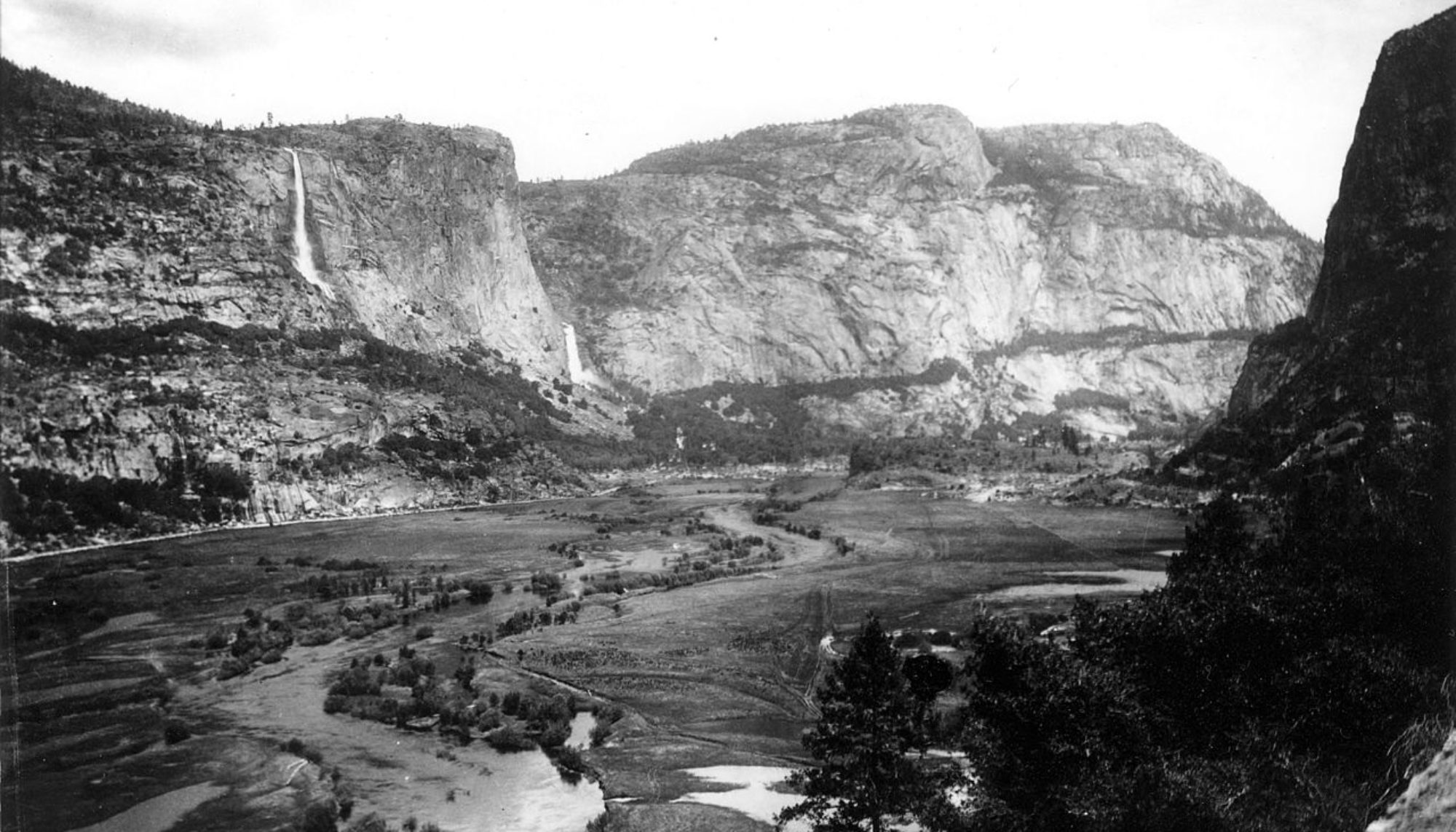Antiquities Act
The Antiquities Act was passed on June 8, 1906 by President Theodore Roosevelt during his second term, after concerns were raised about protecting Native American sites called “antiquities.” The claim was aimed to protect the artifacts from collectors stealing the artifacts. In 1902, Congressman John F. Lacey and anthropologist Edgar Lee Hewett went to many sites of interest in the Southwest to see the extent of the damage from “pot hunters.” Due to these findings and the extensive pleas from Hewett, it made it easier for the legislation to pass through Congress. The passing of this act gave President Roosevelt and future Presidents to claim landmarks, structures, and other objects of historic interest in federal ownership as national monuments. Roosevelt quickly took advantage of his legislature and deemed 4 national monuments in 1906. The Antiquities Act also allows for Congress to form national parks with or without the approval of the President. These proclamations gave the federal government the power to protect lands that were deemed naturally, culturally, or scientifically significant. The act states the intent “… the protection of objects of historic and scientific interest.” The act made it quicker than it was before. Before the act was passed, Congress would go through the process. After the act, the President could make a site a National Park and Congress could still go through the process for any site. Any discrepancy in the act has repeatedly been upheld by stating the act gives the President nearly total discretion to what or how much of the land should be protected.
There have been two reductions in powers of this act. Following President Franklin D. Roosevelt’s creation of the Jackson Hole National Monument, there was a significant amount of pushback from Wyoming legislators. President Franklin D. Roosevelt used a veto that would have dismantled the Jackson Hole National Monument. It was not until President Harry S. Truman merged Jackson Hole National Monument into the Grand Teton National Park, that the Jackson Hole National Memorial got dismantled. This event restricted the power the President has in Wyoming. The second occurrence happened when President Jimmy Carter tried to create a large amount of National Monuments in Alaska. The Alaska National Interest Lands Conservation Act (ANILCA) was passed by Congress in 1980. The ANILCA was passed to require Congress to ratify the use of the Antiquities Act for land claims over 5000 acres. There may be more upcoming reductions of power in the Antiquities Act as President Donald J. Trump’s administration is questioning all monuments formed after the year 1996. Although some Presidents have abstained from the preservation process, no Presidents have modified or removed National Monuments that were created under the Antiquities Act.
